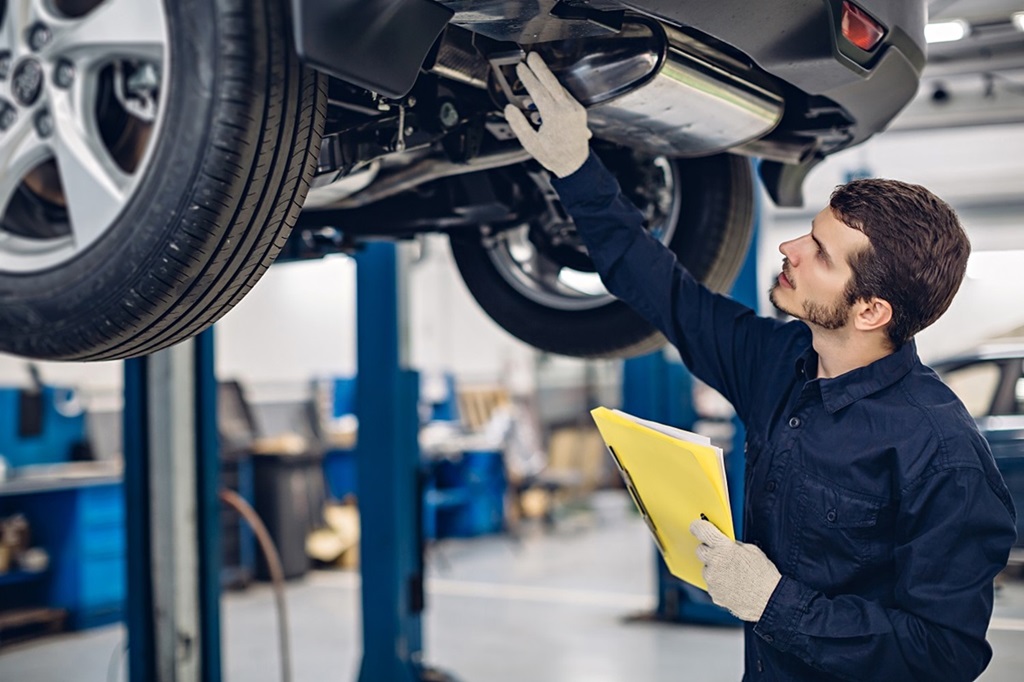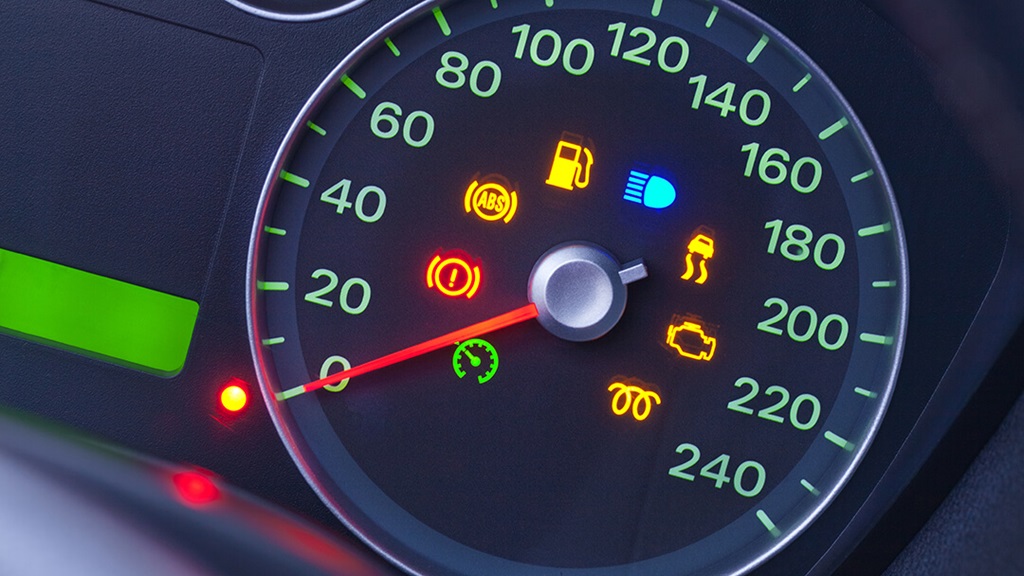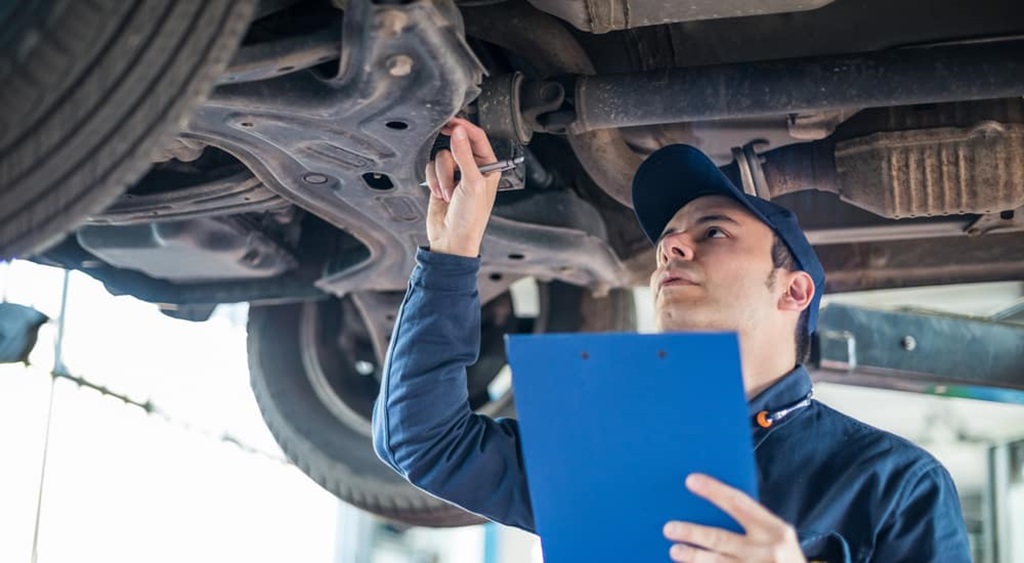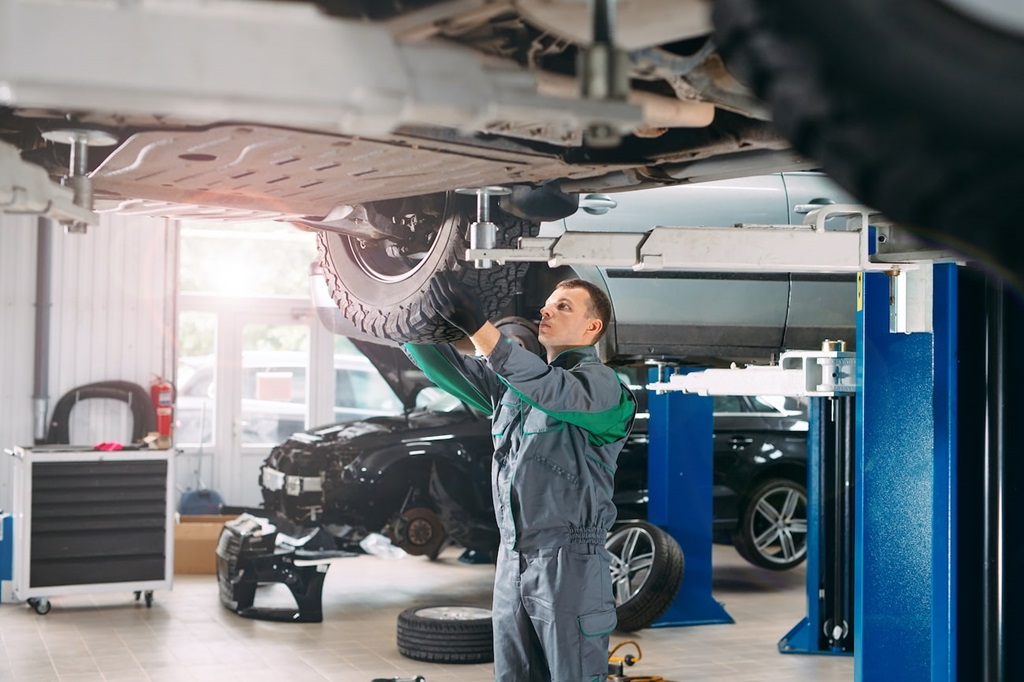
In the fast-paced world of automobiles, ensuring the optimal performance and safety of your vehicle is paramount. Vehicle inspections play a crucial role in maintaining the health of your car or truck, preventing potential breakdowns, and ensuring a smooth ride on the road.
Types of Vehicle Inspections
Vehicle inspections come in various forms, each serving a unique purpose. Routine maintenance checks, pre-purchase inspections, and periodic safety inspections are among the key types, each addressing specific aspects of a vehicle’s condition.
Here’s an explanation of each type of vehicle inspection you’ve mentioned:
A. Routine Maintenance Checks:
Routine maintenance checks are regular inspections and services performed on a vehicle to ensure it is in good working condition and to prevent potential problems. These checks typically include tasks such as oil changes, fluid level checks, tire rotations, brake inspections, and other basic maintenance activities. Routine maintenance is essential for the longevity and performance of a vehicle.
B. Pre-Purchase Inspections:
Pre-purchase inspections are conducted before buying a used vehicle. These inspections aim to assess the overall condition of the vehicle and identify any existing or potential issues. A professional mechanic or inspection service usually performs this type of inspection. It involves a thorough examination of the vehicle’s mechanical, electrical, and structural components, helping the buyer make an informed decision about the purchase.
C. Periodic Safety Inspections:
Periodic safety inspections are regulatory or mandated checks to ensure that vehicles comply with safety standards. These inspections are typically required by law at regular intervals, and they focus on key safety aspects such as brakes, lights, tires, steering, and other critical components. The goal is to verify that the vehicle meets the minimum safety requirements and is safe to operate on the road. The frequency and specific requirements of periodic safety inspections may vary by jurisdiction.
Each type of inspection serves a specific purpose, contributing to the overall safety, reliability, and performance of a vehicle.
DIY vs. Professional Inspections
Deciding between a do-it-yourself (DIY) inspection and seeking professional help depends on factors like expertise, time, and the complexity of the task. DIY inspections offer a hands-on approach, while professional inspections provide a thorough examination by trained experts.
A. Benefits of DIY Inspections:

- Cost Savings: One of the primary benefits of DIY inspections is cost savings. You won’t have to pay professional fees, making it a more budget-friendly option.
- Convenience: DIY inspections allow you to schedule and conduct the inspection at a time that suits you best. This flexibility is especially useful for those with busy schedules.
- Learning Experience: Performing inspections yourself provides an opportunity to learn more about the structure and systems of your property. This knowledge can be valuable for ongoing maintenance and future home improvement projects.
- Immediate Action: When you notice issues during a DIY inspection, you can take immediate action without waiting for a professional appointment. This can prevent further damage and save you money in the long run.
- Personal Investment: By actively participating in the inspection process, you develop a personal investment in your property’s well-being. This can lead to a greater sense of responsibility for its maintenance.
B. Advantages of Professional Inspections:
- Expertise and Experience: Professional inspectors are trained and experienced in identifying issues that may go unnoticed by a homeowner. They bring a level of expertise that comes from years of practice and often have a keen eye for potential problems.
- Thoroughness: Professional inspections are typically more comprehensive, covering aspects that may be overlooked in a DIY inspection. They have a systematic approach and may use specialized tools to assess various components of a property thoroughly.
- Objective Assessment: Professional inspectors provide an objective evaluation of the property since they have no emotional attachment. This objectivity can be crucial in identifying potential issues that a homeowner might overlook due to sentimental value.
- Report Documentation: Professionals provide detailed inspection reports, often with photographs, documenting the condition of the property. These reports can be valuable for negotiation during real estate transactions or for planning future maintenance.
- Regulatory Compliance: In certain situations, professional inspections may be required to comply with local regulations, especially in real estate transactions. Hiring a professional ensures that you meet any legal or contractual obligations.
Components Checked in Vehicle Inspections
During a vehicle inspection, crucial components such as the engine, transmission, brakes, tires, lights, and electrical systems are meticulously examined. Fluid levels and potential leaks are also part of the comprehensive checklist.
How Often Should Vehicle Inspections be Conducted?
The frequency of vehicle inspections varies based on routine checks and specialized inspections. Regular attention to maintenance, combined with periodic professional inspections, ensures the longevity and reliability of your vehicle.
Signs that Your Vehicle Needs Inspection
Recognizing warning signs such as dashboard lights, unusual noises, or changes in performance can indicate the need for an inspection. Addressing issues promptly can prevent further damage and costly repairs.
Here are some signs that indicate your vehicle may need inspection:

- Dashboard Warning Lights: Pay attention to any warning lights on your dashboard. These lights can indicate issues with various systems, such as the engine, brakes, or transmission.
- Strange Noises: Unusual sounds, such as grinding, squealing, or knocking, could be signs of problems with your vehicle’s components. These might include issues with the brakes, suspension, or engine.
- Vibrations or Shaking: If you feel vibrations or shaking while driving, it could suggest problems with the tires, wheels, or suspension. This may also be a sign of an alignment issue.
- Difficulty Starting the Engine: If you experience difficulty starting your vehicle or if it takes longer than usual to start, it may indicate problems with the battery, starter, or other electrical components.
- Reduced Fuel Efficiency: A sudden drop in fuel efficiency could be a sign of issues with the fuel system, oxygen sensors, or other components that affect the engine’s performance.
- Fluid Leaks: Check for any fluid leaks under your vehicle. Leaking oil, coolant, transmission fluid, or brake fluid could indicate a problem that needs immediate attention.
- Braking Issues: If you notice a change in the braking performance, such as squeaking, grinding, or a soft brake pedal, it’s crucial to have your brakes inspected. Brake issues can compromise safety.
- Unusual Smells: Strange odors, such as burning rubber, gasoline, or a sweet smell, could indicate problems with various systems like the engine, brakes, or cooling system.
- Worn Tires: Inspect your tires regularly for signs of wear, such as uneven tread, bulges, or bald spots. Worn tires can affect vehicle handling and increase the risk of accidents.
- Difficulty Shifting Gears: If you drive a manual transmission vehicle and experience difficulty shifting gears, it may be a sign of a clutch or transmission problem.
- Excessive Smoke from the Exhaust: Unusual amounts of smoke, whether it’s white, black, or blue, can be indicative of issues with the engine, exhaust system, or other components.
- Rough Idling: If your vehicle idles roughly or stalls frequently when at a stop, it could be a sign of problems with the fuel system, spark plugs, or other engine components.
Consequences of Neglecting Inspections
Neglecting regular vehicle inspections poses safety risks and can lead to expensive repairs. A proactive approach to maintenance not only ensures safety on the road but also saves money in the long run.
Benefits of Regular Vehicle Inspections
Regular inspections contribute to a prolonged vehicle lifespan, enhanced safety, and cost savings. The investment in preventive maintenance pays off with a smoother driving experience and fewer unexpected issues.

Here are some key advantages:
- Safety Assurance:
- Identifying and addressing potential safety issues promptly helps ensure the safety of both the driver and passengers.
- Regular inspections help prevent accidents caused by faulty brakes, tires, lights, and other critical components.
- Reliability and Performance:
- Early detection and resolution of mechanical issues contribute to the vehicle’s overall reliability.
- Regular inspections help maintain optimal engine performance, fuel efficiency, and smooth operation.
- Cost Savings:
- Proactive maintenance through inspections can prevent major breakdowns and costly repairs.
- Regularly serviced vehicles tend to have lower overall maintenance costs compared to those that are neglected.
- Compliance with Regulations:
- Many regions have regulations that require regular vehicle inspections for safety and emissions compliance.
- Ensuring compliance with these regulations helps avoid fines and legal issues.
- Extended Vehicle Lifespan:
- Routine inspections and maintenance can extend the lifespan of the vehicle by preventing premature wear and tear.
- Regularly serviced vehicles are more likely to withstand the test of time and accumulated mileage.
- Fuel Efficiency:
- Well-maintained vehicles tend to be more fuel-efficient, saving money on fuel costs and reducing the environmental impact.
- Regular inspections can identify issues that may affect fuel efficiency, such as clogged air filters or inefficient fuel systems.
- Resale Value:
- Vehicles with a documented history of regular inspections and maintenance typically have higher resale values.
- Potential buyers are often more confident in purchasing a well-maintained vehicle.
- Environmental Impact:
- Regular vehicle inspections contribute to reduced emissions and environmental impact.
- Properly maintained vehicles are less likely to emit excessive pollutants that can harm the environment.
- Peace of Mind:
- Knowing that a vehicle is regularly inspected and well-maintained provides peace of mind for the driver and passengers.
- Confidence in the vehicle’s condition can lead to a more enjoyable and stress-free driving experience.
Tips for Effective Vehicle Inspections
Creating a checklist, utilizing online resources, and seeking professional advice are essential tips for effective vehicle inspections. These strategies streamline the inspection process and empower vehicle owners to take a proactive stance.
Common Misconceptions About Vehicle Inspections
Dispelling common myths about vehicle inspections helps consumers make informed decisions. Distinguishing between myth and reality contributes to a better understanding of the importance of regular inspections.
Future Trends in Vehicle Inspections
The future of vehicle inspections is marked by the integration of technology and a growing focus on environmental considerations. Advancements in inspection methods and equipment are shaping the future of automotive maintenance.
Case Studies
Real-life case studies highlight the success stories of preventive vehicle maintenance. These examples illustrate the tangible benefits of regular inspections in preventing breakdowns and ensuring optimal performance.
The Role of Vehicle Inspections in Regulatory Compliance

Vehicle inspections are not only a matter of maintenance but also a legal requirement. Understanding the regulatory landscape and adhering to industry standards ensures compliance and contributes to overall road safety.
Interview with an Expert
Insights from a certified vehicle inspector provide valuable perspectives on the intricacies of inspections. Expert advice enhances the reader’s understanding of the importance of thorough and regular vehicle examinations.
Conclusion
In conclusion, the ultimate guide to vehicle inspections emphasizes the critical role of preventive maintenance in the automotive world. Regular inspections, whether conducted personally or professionally, are the key to a safer, more reliable, and cost-effective driving experience.
FAQs
How often should I perform routine vehicle inspections?
Regular checks, such as oil changes and tire rotations, should be done every 3,000 to 5,000 miles. Professional inspections can be scheduled annually.
Can I rely solely on DIY inspections?
While DIY inspections are beneficial, professional inspections provide a more in-depth analysis, uncovering potential issues that may go unnoticed.
Are vehicle inspections mandatory?
Yes, in many regions, routine inspections are required by law to ensure vehicle safety and emissions compliance.
What are the most common signs that my vehicle needs inspection?
Warning lights on the dashboard, unusual noises, and changes in performance are common indicators that your vehicle needs inspection.
How do advancements in technology impact vehicle inspections?
Technology is streamlining the inspection process, with innovations like diagnostic tools and AI-enhanced systems providing more accurate and efficient assessments.
